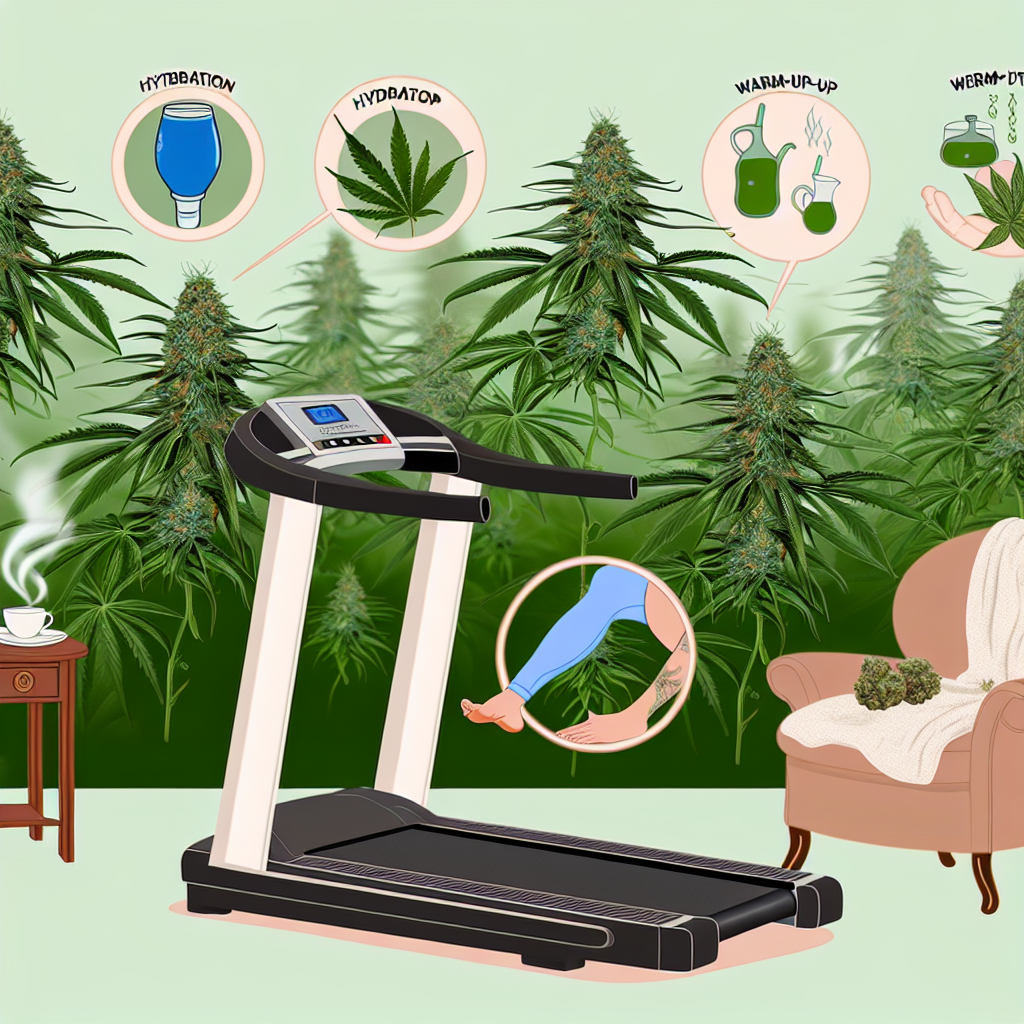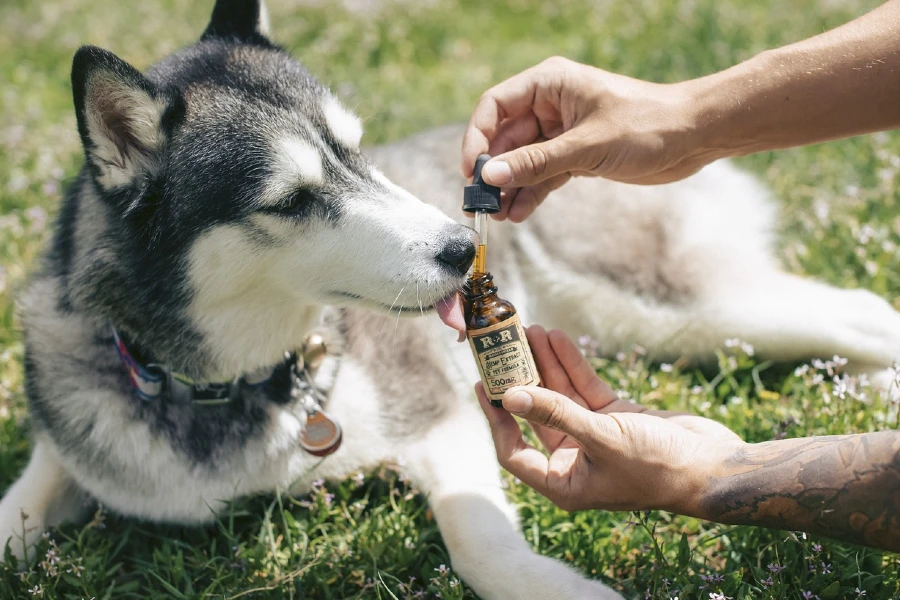Cannabis and Exercise: Pre and Post-Workout Wellness Protocols
Introduction: A New Frontier in Fitness
With the expanding legalization and destigmatization of cannabis across the U.S. and globally, its intersection with health, wellness, and fitness has garnered new attention. No longer confined to the stereotypical couch-bound user, cannabis consumers today include elite athletes, personal trainers, yoga instructors, and dedicated weekend warriors. This shift isn’t just cultural—it’s backed by growing anecdotal and clinical evidence supporting cannabis’ potential role in enhancing athletic performance, accelerating recovery, and contributing to an overall wellness routine.
Athletes and fitness enthusiasts are increasingly turning to cannabis as a tool for optimizing their exercise regimen. Whether it’s a microdose of THC for mental focus and stamina or CBD post-workout for inflammation and muscle recovery, a growing body of research and real-world application suggests marijuana could become a staple in wellness protocols.
Pre-workout cannabis use can help alleviate anxiety, enhance mood, and in some cases, support endurance or creativity during workouts such as long-distance running, yoga, or dance. On the flip side, post-workout protocols involving cannabis—especially cannabidiol (CBD)—are gaining popularity for their purported ability to ease muscular soreness, reduce inflammation, and promote restful sleep, which is vital for physical recovery.
Additionally, the endocannabinoid system (ECS), responsible for maintaining physiological homeostasis, plays a central role here. Cannabis interacts directly with the ECS, influencing processes that regulate pain, inflammation, mood, and energy levels—all critical to athletic performance and recovery. With tactical use, cannabis can complement traditional training methods, offering holistic support without relying entirely on OTC painkillers or anti-inflammatories that may carry adverse side effects over time.
In this article, we’ll explore the science-backed ways cannabis is being integrated into pre- and post-workout routines, highlighting both its benefits and limitations. We’ll also examine professional and medical studies that delve into its effectiveness in athletic performance and recovery. Whether you’re a fitness enthusiast curious about cannabis, or a marijuana professional looking to better understand the niche, this exploration into cannabis and exercise offers a valuable perspective on one of wellness’ most exciting convergences.
Unlocking Performance: How Cannabis Works in Your Workout Routine
The relationship between cannabis and exercise is not just anecdotal—it is increasingly being validated by science. While research is still in early stages due to longstanding legal and regulatory hurdles, existing studies provide key insights into how cannabinoids like THC and CBD interact with the body before and after physical activity.
CBD and Muscle Recovery
One of the most compelling areas is recovery. A 2021 review published in the journal Sports Medicine – Open found that CBD may reduce exercise-induced inflammation, aid in muscle recovery, and improve sleep quality—an essential aspect of recovery for athletes (NCBI). The review also indicated that CBD’s anxiolytic (anxiety-reducing) properties could make it a useful agent for reducing pre-competition anxiety in athletes.
The Real “Runner’s High” and Your ECS
Another area gaining traction is the “runner’s high” and its connection with the endocannabinoid system. Traditionally, this euphoric sensation has been attributed to endorphins, but newer research shows it might be more linked to endocannabinoids like anandamide—a naturally occurring compound in the body that mimics THC. A 2015 study published in the Proceedings of the National Academy of Sciences concluded that exercise significantly increases levels of anandamide in the bloodstream, which may enhance mood and pain tolerance during intense physical activity (PNAS).
Enhanced Focus, Motivation, and Enjoyment
Cannabis also appears to impact perceived effort and enjoyment. A 2019 survey of over 600 cannabis users, published in Frontiers in Public Health, reported that:
– 81.7% said using cannabis before exercise enhanced their enjoyment
– 67.2% said it helped them stay motivated
– 78.3% felt that cannabis helped with recovery post-exercise
(Frontiers)
Know the Risks: The Importance of Dose, Timing, and Product Selection
Despite these encouraging findings, it’s critical to note that cannabis may also pose certain risks. THC, in particular, can impair motor coordination, reaction time, and judgment—factors crucial in certain sports or high-intensity workouts. That’s why understanding dose, strain type, cannabinoid ratio, and timing is essential.
CBD-Only Options: A Safer Recovery Path
CBD-only protocols may offer a safer alternative, especially post-workout. Products with high CBD and low or negligible THC content can provide benefits like reduced inflammation and aid in muscle recovery, without compromising cognitive or motor function. For example, formulations that include a 20:1 CBD to THC ratio are commonly used in the wellness community to support inflammation control, aid in faster recovery, and improve sleep quality.
The Future of Cannabis in Fitness: A Game Changer in the Making?
From a professional standpoint, more research is still required to solidify cannabis’ place in performance-enhancing routines. Still, the existing data support a multi-dimensional role for cannabinoids in both pre- and post-workout protocols—especially within a personalized and balanced fitness lifestyle.
Cannabis may not be a one-size-fits-all solution, but it is an emerging wellness tool that, when used responsibly, has the potential to redefine recovery, motivation, and physical performance.
Conclusion: The Strategic Power of Cannabis in Your Workout Routine
As the therapeutic potential of cannabis becomes better understood and more widely accepted, its integration into fitness and athletic routines is proving to be more than just a passing trend. Whether enhancing mental clarity pre-workout or supporting recovery with anti-inflammatory and analgesic properties post-exercise, cannabis has the potential to be a powerful tool for wellness—when used responsibly and strategically.
With continued research, improved formulations, and increased public education, cannabis may soon become a cornerstone of next-generation fitness protocols, offering holistic support to everyone from casual participants to elite athletes.
References
– Sports Medicine – Open – “Cannabidiol and Sports Performance: a Narrative Review of Relevant Literature”
https://www.ncbi.nlm.nih.gov/pmc/articles/PMC7699616/
– PNAS – “A Runner’s High Depends on Cannabinoid Receptors in Mice”
https://www.pnas.org/doi/10.1073/pnas.1514996112
– Frontiers in Public Health – “The New Runner’s High? Examining Relationships Between Cannabis Use and Exercise Behavior in States With Legalized Cannabis”
https://www.frontiersin.org/articles/10.3389/fpubh.2019.00099/full
Concise Summary:
This article explores the intersection of cannabis and exercise, highlighting the growing body of research and real-world evidence supporting the use of cannabinoids like THC and CBD to enhance athletic performance, accelerate recovery, and contribute to overall wellness routines. It delves into the science behind the “runner’s high” and the endocannabinoid system, as well as the potential risks and strategies for responsible cannabis use in pre- and post-workout protocols. The article concludes that with continued research and education, cannabis could become a cornerstone of next-generation fitness protocols, offering holistic support to athletes and fitness enthusiasts.




